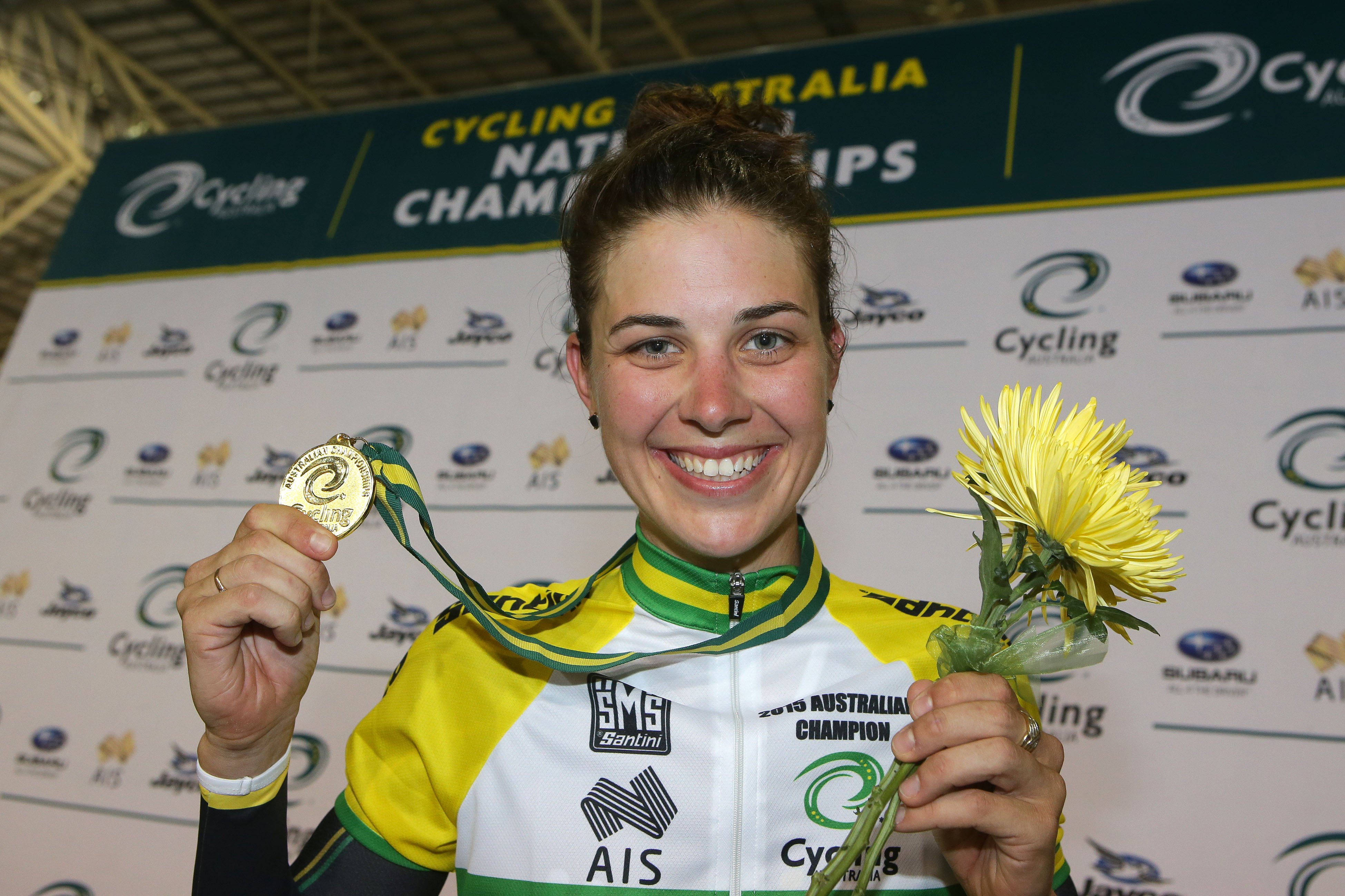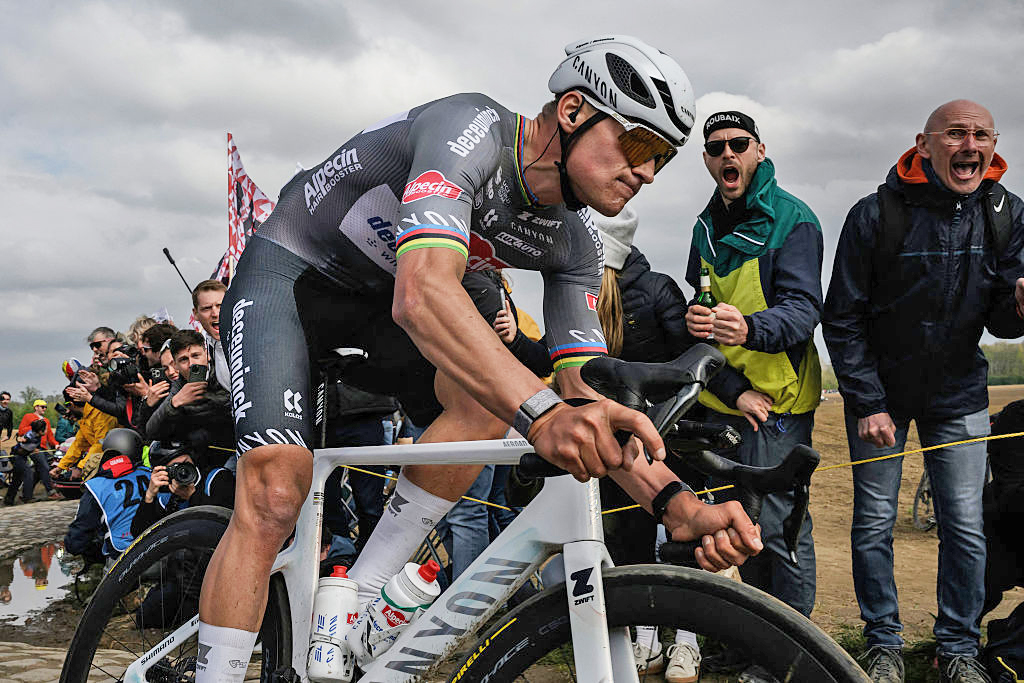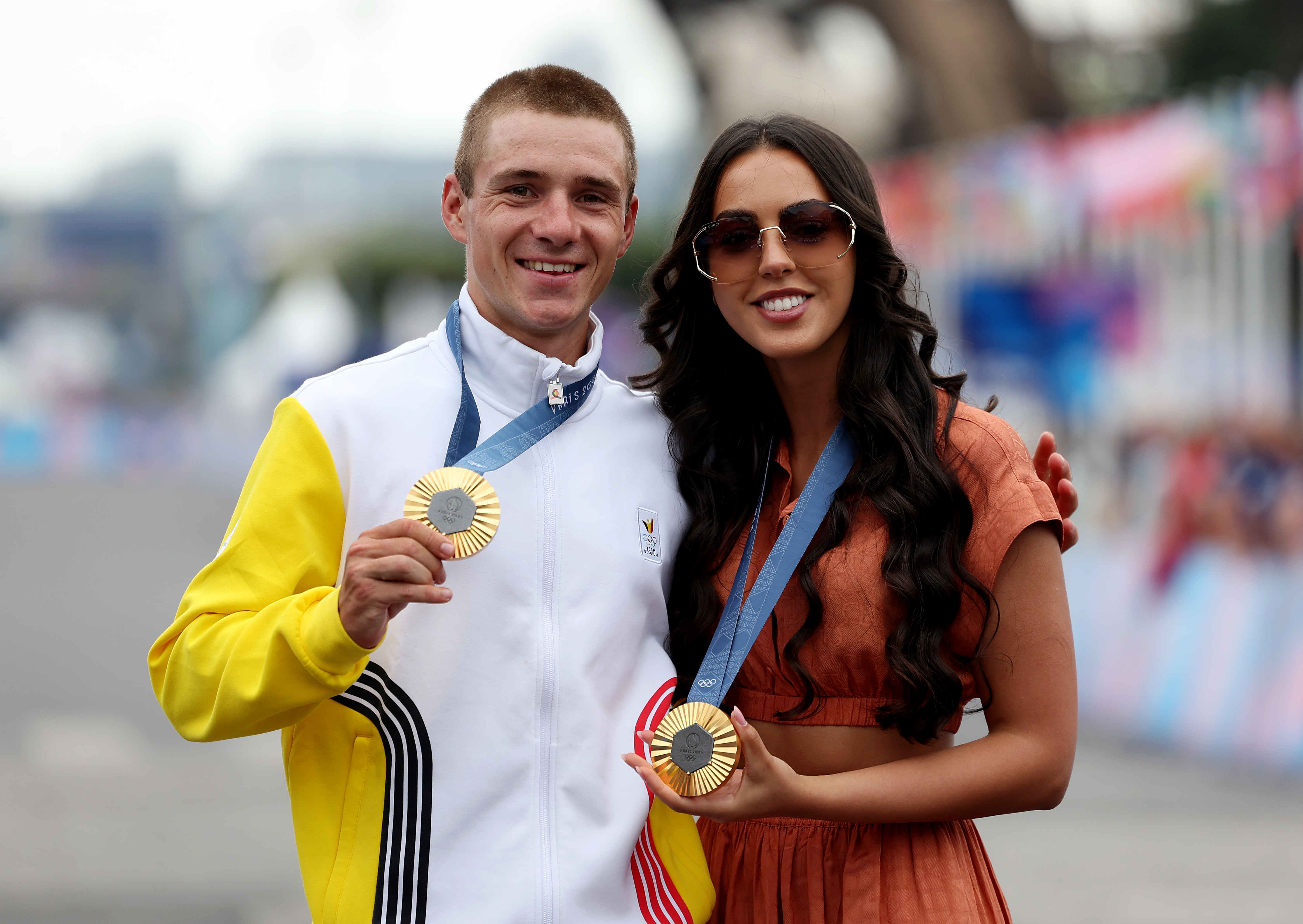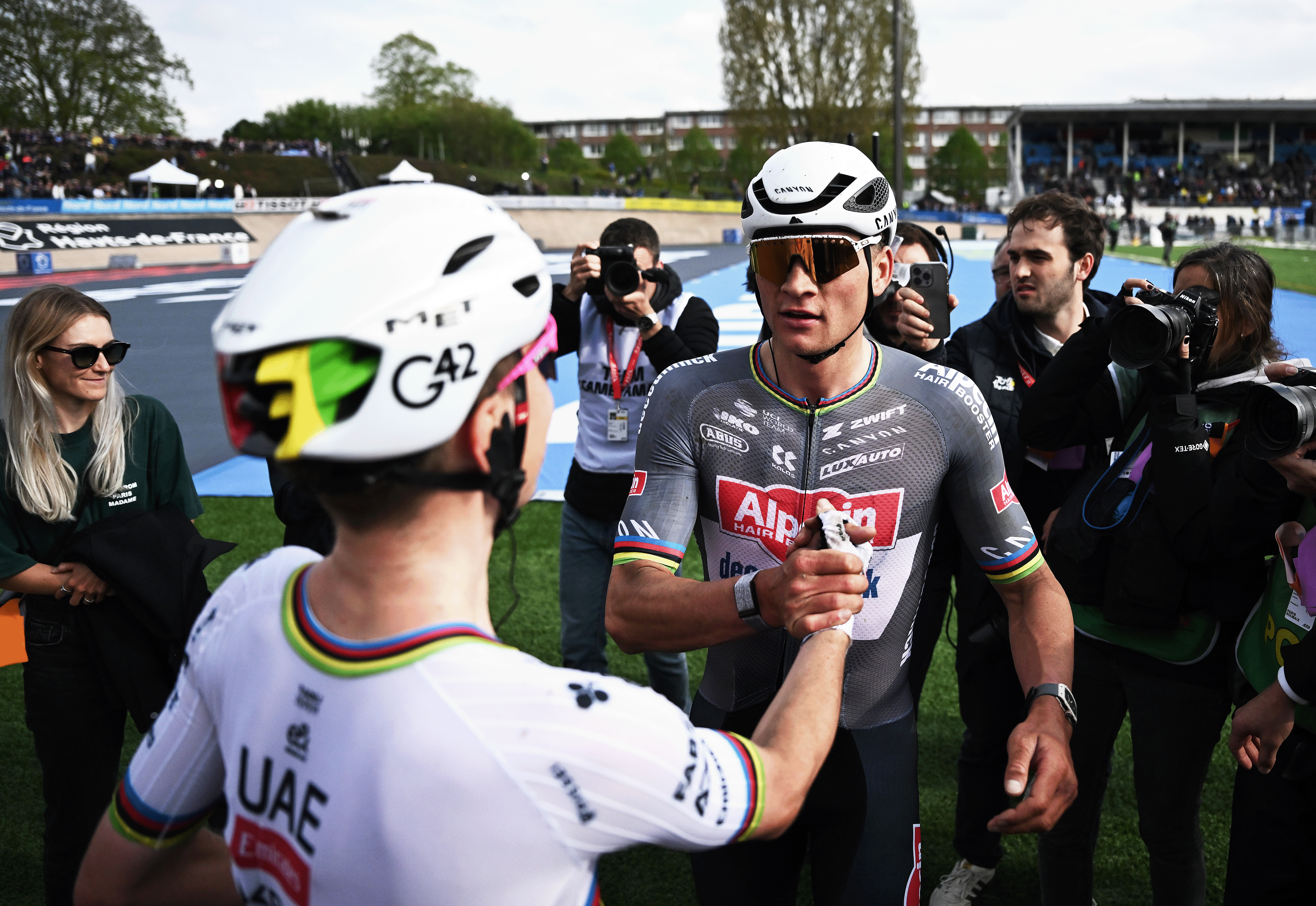Tour of Utah expands to scenic southern start
Stacked field for "America's Toughest Stage Race"
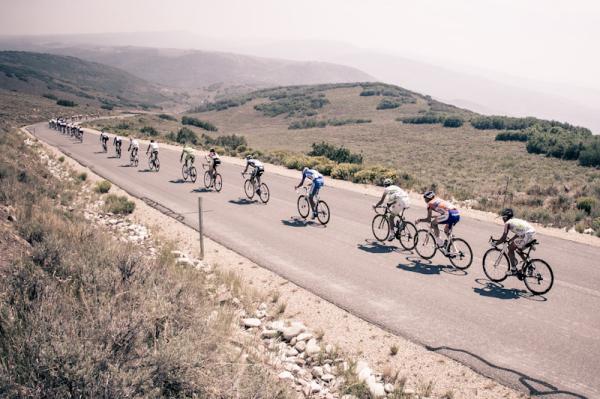
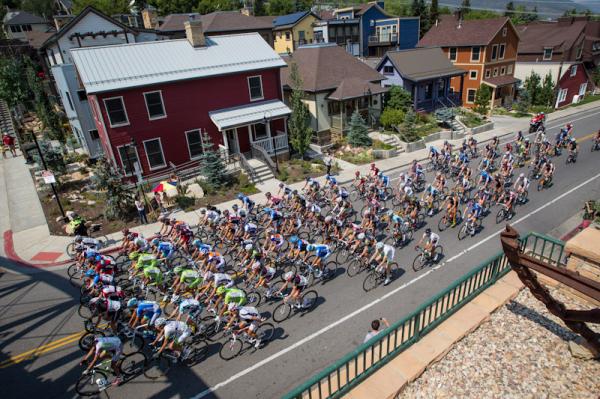
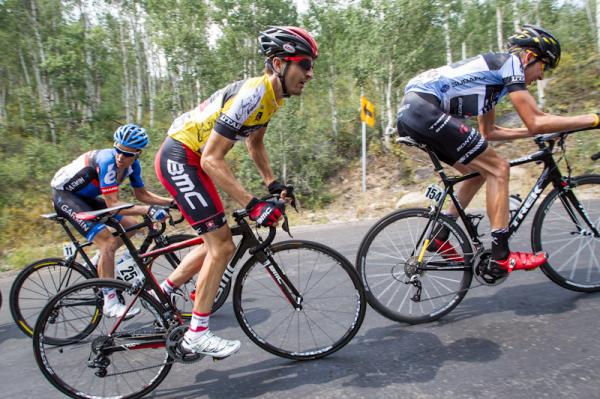
The Larry H. Miller Tour of Utah takes off from the Southern Utah resort town of Brian Head Tuesday for its ninth run on the US calendar. At nearly 3,000 meters of elevation, Brian Head makes the highest elevation start of any race in the US. The elevation and expected heat combine to Bolster the race's claim that it is America's toughest stage race.
For the first time in the race's history, the route will start in Southern Utah and head north toward Salt Lake City. But the biggest change this year for the riders will be the lack of a time trial. Last year's team time trial was a deciding factor in the race, basically knocking two-time champion Levi Leipheimer out of contention for the overall after his team finished last. One again, the queen stage on the penultimate day finishes at Snowbird Ski Area and Summer resort, but the final stage that climbs the brutal Empire Pass could also decide the overall.
BMC back without Tschopp to defend 2012 overall win
The only two riders who have won the race in its current UCI 2.1 incarnation, Johann Tschopp and Leipheimer will not be competing in Utah this year. Tschopp, riding for BMC in 2012, took the race lead last year with a blistering move up the final climb to Snowbird on the penultimate day. But the Swiss rider transferred this season to the IAM Cycling team, which will not be at this year's race.
Leipheimer, who won the overall in 2010 and 2011, retired before this season after Omega Pharma-Qickstep released him when his testimony in USADA's Lance Armstrong investigation led to a six-month suspension for his own doping admission. Leipheimer took the final stage last year with a solo breakaway but had to settle for 6th overall after Omega Pharma's six-rider squad finished last in the team time trial.
Two other past champions, 2008 winner and Utah native Jeff Louder (UnitedHealthcare) and 2009 winner Francisco Mancebo (5-hour Energy/Kenda), will return to the race this year. Mancebo currently leads the individual standings in USA Cycling's National Race Calendar, but the 37-year-old former Spanish national champion and Grand Tour contender appears recently to have lost some of the explosive climbing power that made him an overall threat at this level.
Greg Van Avermaet will lead a young, seven-rider BMC squad that features Michael Schaer, Larry Warbasse and trainee Jakub Novak, who led the Cascade Cycling Classic for a day in July.
Grand Tour veterans lead WorldTour teams
Utah's 2.1 UCI ranking and reputation as the toughest race in America continue to draw one of the top fields in the US. The WorldTour teams are represented in 2013 by Radioshack-Leopard, Garmin-Sharp, BMC, Cannondale and Orica-GreenEdge.
Garmin has the strongest team at the race team on paper, with 2012 Giro d'Italia winner Ryder Hesjedal leading Grand Tour veterans Tom Danielson, Christian Vande Velde and Dave Zabriske. Twenty-three-year-old Rohan Dennis, who wore yellow at the Criterium du Dauphine earlier this year, will also be part of the seven-rider Garmin squad.
Veteran rider Chris Horner, returning from a knee injury and subsequent surgery, will take the reins of the eight-rider RadioShack team that also includes Jens Voigt, Matthew Busche and Ben King. Orica-GreenEdge brought Baden Cooke and sprinter Michael Matthews to Utah, while Cannondale's five-rider roster includes Ted King, Stefano Agostini and Juraj Sagan, brother of the more well-known Peter Sagan, winner of the green jersey at the past two Tours de France.
The 2013 Pro Continental teams include UnitedHealthcare, Champion System and MTN-Qhubeka, the African continent's first division-two team. Champion System's Utah roster includes US North American riders, Chad Beyer, Chris Butler, Craig Lewis and Ryan Roth, along with a contingent of Asian riders. UnitedHealthcare brought Louder and Philly Cycling Classic winner Kiel Reijnen as part of its eight-rider team, while MTN-Qhubeka has a combination of African and European riders.
Eight Continental teams will round out the field, including US squads 5-hour Energy/Kenda, Bissell, Bontrager, Jamis-Hagens Berman, Jelly Belly-Kenda and Hincapie Sportswear, which is making its first appearance in one of the big three US UCI stage races.
The eight-rider Jamis team features Janier Acevedo, third overall at the Tour of California this year, and former WorldTour sprinter J.J. Haedo. Jelly Belly brought recent Cascade Cycling Classic winner Serghei Tvetcov and 2013 US road champion Freddie Rodriguez among it's eight-rider squad, while Bissell features a strong squad that includes Tour of California KOM winner Carter Jones and Phil Gaimon, who signed with Garmin for next year.
Bontrager is stacked with a talented eight-man squad of young riders, including Jasper Stuyven, Lawson Craddock, Gavin Mannion, Nate Brown and U23 road race champion Tanner Putt, while Optum brings a mix of youth and experience, including Alex Candelario and Nature Valley Grand Prix overall winner Mike Friedman.
Brazilian Continental team Funvic Brasilinvest São José Dos Campos will debut at Utah with a host of South American climbers, including Magno Nazaret, winner of the Vuelta al Uruguay and Tour of Brazil in 2012.
Stage 1: Brian Head – Cedar City Distance: 180 km / 112 mi Elevation gain: 1,752 m / 5,748 ft
The 2013 race will roll out of the tiny resort town of Brian Head, which sits at a lofty 2,926 meters of elevation, and immediately climb to the Cedar Breaks National Monument and the day's highest point at 3,140 meters. The route drops down through the ancient lava beds and alpine lakes of the Dixie National Forest before climbing to the day's final summit back up at 2,926 meters. The riders will then descend 1,220 meters in just 24km before finishing with three laps of a six-corner course around the Southern Utah University campus in Cedar City.
Stage 2: Panguitch – Torrey Distance: 210 km / 131 mi Elevation Gain: 3,010 m / 9,877 ft
The second stage will pass by some of Southern Utah's iconic sculpted rock formations among the multi-hued sandstone of the Bryce Canyon National Park and the Grand Staircase-Escalante National Monument. This stage has been touted as the most scenic of all Utah's routes, but the riders may be hard pressed to take notice. The day features three major climbs, the last of which ascends 1,335m over 43km. The stage ends with 845m of gradual elevation loss over the final 38km to the finish in Torrey.
Stage 3: Richfield – Payson Distance: 191 km / 119 mi Elevation Gain: 1,890 m / 6,202 ft
Stage 3 will be animated by the climb of Mt. Nebo, which starts about 131km into the race and tops out 24km later. After going over the roadway summit of the highest peak in the Wasatch Range at 2,850 meters, the peloton will have a twisting and fast 35km, 1,220 meter descent to the finish line in the classic western town of Payson.
Stage 4: Salt Lake City Circuit Distance: 54.7 km / 33.8 mi (five laps of a 10.8km urban circuit) Elevation Gain: 1,082 m / 3,550 ft
This Friday evening stage will be contested over an urban route through the heart of Salt Lake City. The 10.8km circuit starts in front of the Utah State Capitol Building and climbs steadily along Memory Grove Park before a left turn and a long straightaway lead to the descent past the University of Utah. After a sharp right and another quick left, the riders will continue to descend down East South Temple, a stately boulevard that includes the governor's mansion and Brigham Young's house. Another sharp right will take the peloton up 11 percent climb of East Capitol Street toward the front door of the capitol building and the start/finish line.
Stage 5: Snowbasin – Snowbird Distance: 182 km / 113 mi Elevation Gain: 3,234 m / 10,611 ft
This will mark the fourth consecutive year for the Queen Stage finish at Snowbird Ski Area and Summer Resort, but it will be the first time the stage starts at Snowbasin, site of the Downhill and Super G Events during the 2002 Winter Olympics. The race begins with a descent from Snowbasin into Mountain Green and the Morgan Valley. A quick climb over the Hogback Summit at 56km is just a taste of the two main challenges ahead.
Another 69km gallop will ring the peloton into park City, where the General Classification fireworks should begin. Riders will first tackle a steep ascent through the heart of Park City, fighting up the 11 percent grade past the Ontario Mine to the top of Guardsman’s Pass and crossing for the first time ever into Big Cottonwood Canyon. A 22km descent will take the leaders to the south end of the Salt Lake Valley before they enter Little Cottonwood Canyon and the final ascent to the finish at Snowbird Ski and Summer Resort.
Stage 6: Park City – Park City Distance: 125 km / 78 mi Elevation Gain: 2,326 m / 7,633 ft
The 2013 race will conclude once again with the Park City loop that debuted last year with a solo win by Levi Leipheimer. After rolling out of Park City, the scenic route climbs through the private Wolf Creek Ranch and crosses the Heber Valley before winding its way to the base of Empire Pass, the day's main obstacle and the last chance for the GC hopefuls. The 16km climb ascends more than 1,000 meters through Aspen forests to 2,750 meters of elevation. After the climb, riders will descend down the 11 percent road they climbed one day earlier into downtown Park City and the overall finish.
Get The Leadout Newsletter
The latest race content, interviews, features, reviews and expert buying guides, direct to your inbox!
Latest on Cyclingnews
-
Melissa Hoskins' death was a 'tragic accident' says victim impact statement heard in emotional court hearing, Rohan Dennis' lawyer requests suspended sentence
Judge Ian Press to sentence Dennis on May 14, 2025 -
UCI, Alpecin-Deceuninck to pursue bidon thrower 'so that such behaviour is severely punished'
Mathieu van der Poel's team: 'misbehaviour of a few individuals can have far-reaching consequences' -
'Without you, I would probably have stopped my career' – Remco Evenepoel thanks wife Oumi in emotional post ahead of return from 'dark period'
Olympic champion primed for first race since October at Friday's Brabantse Pijl after 'the hardest battle of my life so far' -
What's next for Paris-Roubaix's protagonists? – Van der Poel ends Classics campaign as Pogačar heads to favoured terrain in the Ardennes
Dutchman and world champion not set to face off again until Tour de France in July after historic trio of one-day duels
